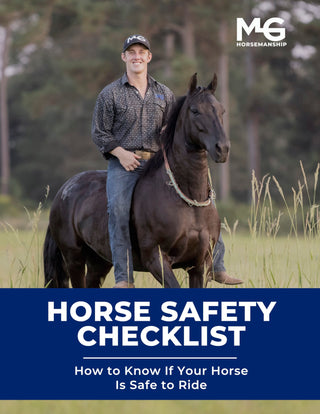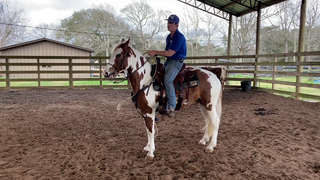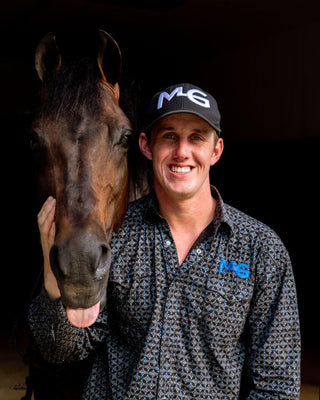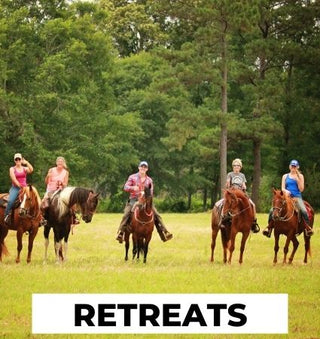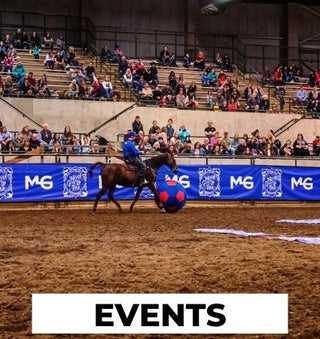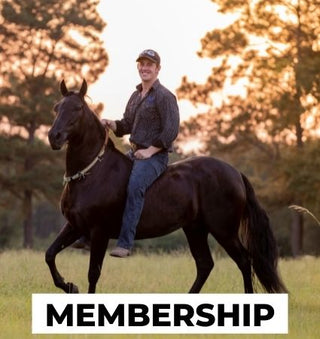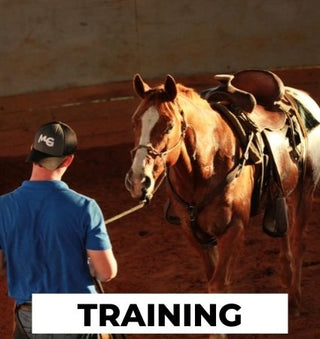Watch the Video Here or continue reading below!
Bridling a horse is one of the fundamental skills every equestrian learns early on. However, many traditional methods expose riders to unnecessary risks. In this guide, we’ll explore a safer, more effective way to bridle a horse that protects both you and your horse.
The Common Mistake in Bridling
Many riders are taught to put a bridle on by reaching over the horse’s head and pulling it up. While this might work for calm, well-mannered horses, it puts the handler in a vulnerable position. If the horse flings its head or reacts suddenly, you could get hurt.
A Safer Bridling Method
Instead of putting yourself in harm’s way, follow these simple steps to bridle your horse safely:
Step 1: Positioning Yourself Correctly
Stand in front of the horse at a safe distance, avoiding direct exposure to its head movements.
Step 2: Holding the Bridle Properly
No matter what type of bridle you’re using, hold it close to the mouthpiece to maintain control.
Step 3: Encouraging the Horse to Open Its Mouth
Gently place your fingers in the horse’s mouth until it opens up. This allows you to slide the bit in smoothly without touching the teeth, ensuring a comfortable experience for your horse.
Step 4: Securing the Bridle
Once the bit is in place:
-
Slip the offside ear through first
-
Then bring the near-side ear through
-
Adjust the bridle accordingly for a proper fit
Why This Method Works
This technique prioritizes safety by maintaining distance between you and the horse’s head. If the horse reacts unexpectedly, you’re less likely to get hit, bitten, or injured. Additionally, avoiding unnecessary contact with the horse’s teeth prevents discomfort and fosters a better experience for the horse.
Proper Unbridling Technique
Just as it’s essential to put the bridle on safely, removing it correctly is equally important:
-
Gently slip the bridle off one ear at a time
-
Allow the horse to naturally spit out the bit without bumping its teeth
By using this method, you ensure that your horse associates bridling with a positive experience rather than discomfort or fear.
Final Thoughts
Your safety and your horse’s comfort should always come first in horsemanship. By switching to this safer bridling method, you reduce the risk of accidents while creating a more positive training experience.


